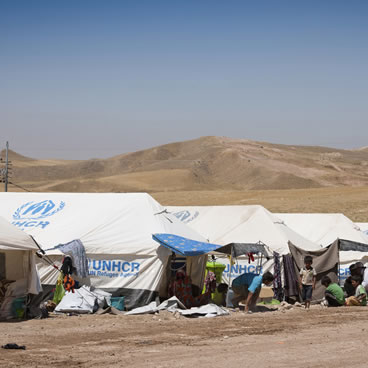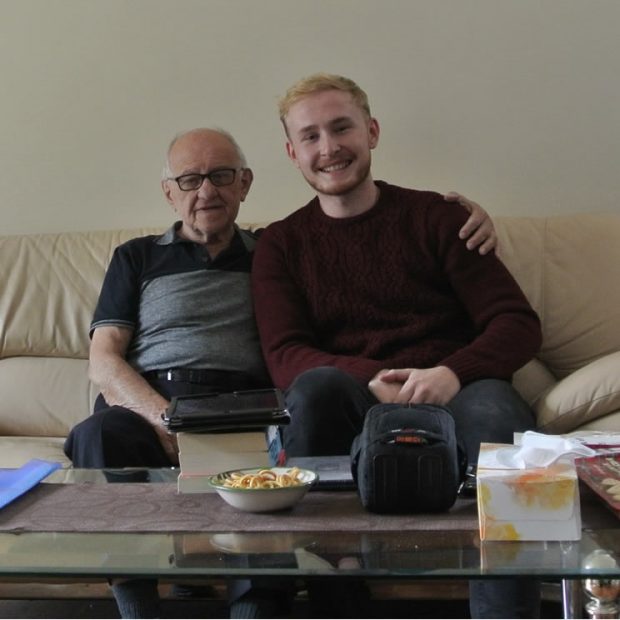
University of Southampton research has found that an estimated 4.1 per cent of the population cannot afford to feed themselves. The research, presented at the Royal Geographic Society Annual International Conference in August 2016, is the first objective estimate of people in England living in food poverty.
The study, conducted with London School of Hygiene and Tropical Medicine, University College London and East Surrey Hospital, shows there is the opportunity to better target local interventions.
The study modelled food poverty in England and identified Liverpool, Kingston upon Hull and Middlesbrough as the cities with the greatest number of neighbourhoods at high risk of food poverty. Conversely, parts of Leeds, Manchester and Berkshire are among the areas ranked with the lowest risk of food poverty.
Lead researcher and Southampton geographer Dr Dianna Smith says:
Food poverty is increasing in the UK, but we do not have any systematic way to measure it. Using public data, we have been able to reliably estimate the percentage of people in England who cannot afford to feed themselves, and model the geographic distribution of food poverty.
The research also found that pensioners living alone and families on low incomes with children are at highest risk of food poverty. The geography of these populations varies dramatically in England, with the highest estimated population risk mostly in urban areas outside of London.
Dianna says:
It’s crucial that we are able to identify where support is most needed.


